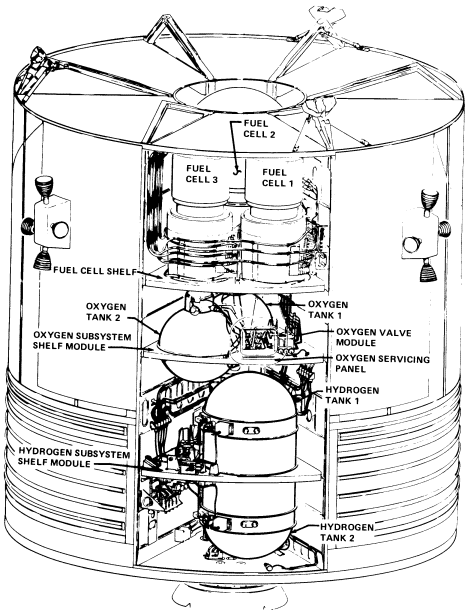crazychemgirl
all about the tits
- Joined
- Jul 9, 2012
- Posts
- 34,368
Wear gloves!
it was so boring... I wore gloves but nothing really exciting happened the whole reaction.
my synthesis of a diphos ligand was DEFINITELY more interesting. We had to condense gaseous ammonia and then add sodium metal, then dichloroethane and triphenylphosphine.
Colours went from clear to blue to red-orange to white.



 You posted a really cute one a little while back that broke down Olber's paradox, yes? I love Youtube. Except for the commenters. May they all burn.
You posted a really cute one a little while back that broke down Olber's paradox, yes? I love Youtube. Except for the commenters. May they all burn.
